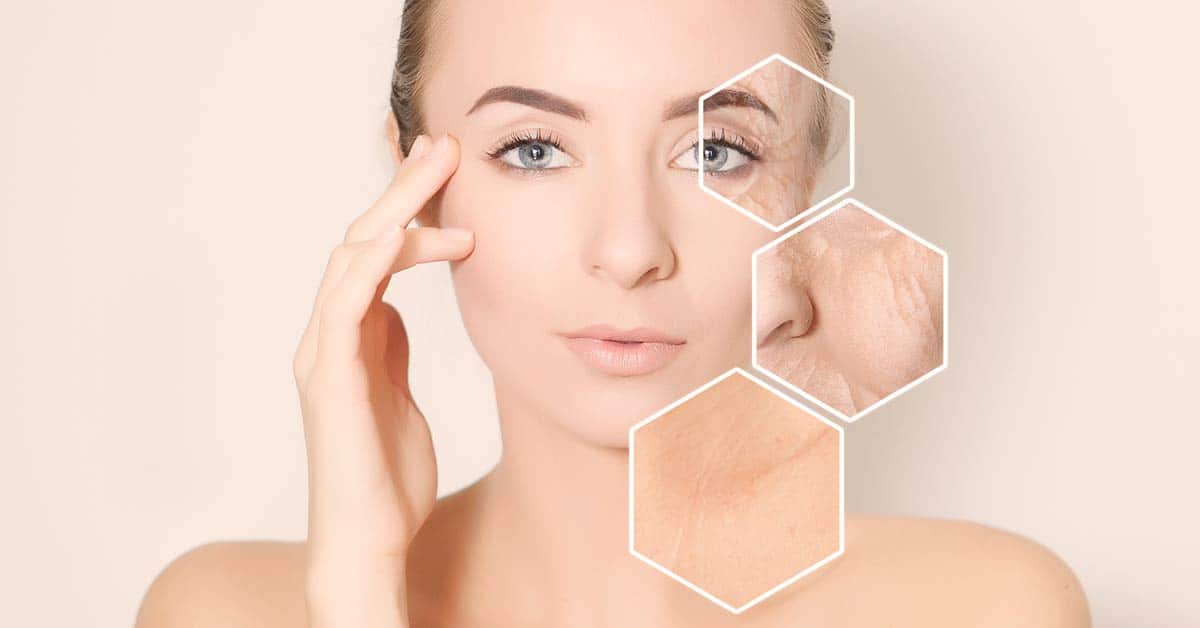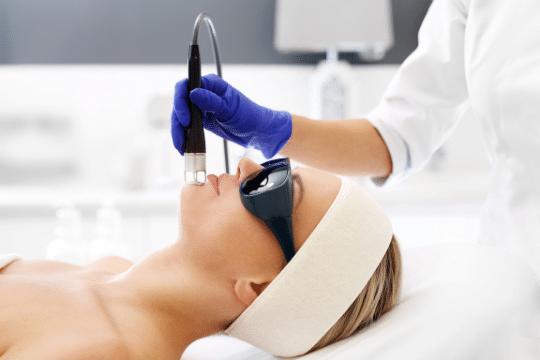
The use of lasers for facial esthetics has seen a long history of use since the 1960s. While originally clinical procedures and indications were limited to ablative therapies, over the past decade widespread use has been observed owing to technological advancements. Today, over 150 commercially-available lasers exist on the market for various indications including scar revisions, pigmented lesions, vascular lesions, hair removal, facial resurfacing, facial rejuvenation, fat ablation and laser lipolysis.
Facial esthetics has rapidly progressed from a primarily experimental discipline of medicine into a multi-billion-dollar industry. While lasers were once experimentally utilized for scar revisions and medically-related facial disorders, today lasers are more commonly utilized for ‘esthetic’ procedures aimed at improving facial appearance and restoring/maintaining a youthful look (facial rejuvenation).
As a result, a plethora of ‘new’ devices each with specific protocols, wavelengths, and/or clinical recommendations have been proposed. This increase in product development, along with an increase in protocols, laser types, wavelengths and competing products has created a mix-up with respect to product differences and clinical indications.
The absorption of laser light by tissues can occur by four methods: photochemical, photothermal, photomechanical and photoelectric. Due to the large number of clinical effects these processes cause, they can be subdivided according to their clinical application. During photochemical absorption, biomodulation can occur, which is the effect of laser light on molecular and biochemical processes that normally occur in tissues, such as wound healing and bone repair. Laser phototherapy has a wavelength-dependent ability to modify cell behavior in the absence of significant heat. The dispersion of laser light in the tissue is naturally very complex, since the components of the tissue influences the dispersion of light.
LED photobiostimulation
LED is the acronym for Light Emitting Diode. This type of emission is different from lasers, which produce stimulated and amplified emission of radiation.28 The increase in collagen deposition after LED irradiation was documented in fibroblast cultures and also in human models in third-degree cicatrizing burn models and in human bolus lesions. There is evidence that light produced by LEDs, at the same biostimulatory wavelengths of previous studies with lasers has similar biochemical effects. The mechanism associated with the cellular photobiostimulation by LLLT is not yet fully understood, nevertheless, there is some indication that the mechanism involved is similar to laser, with the absorption of light by the cytochrome-C-oxidase (CCO) present in the mitochondrial membrane, and perhaps also by photoacceptors found in the plasma membrane of cells.
Laser Light Features
Unlike sunlight and incandescent light that are chaotic and emit radiation in all directions and in the entire wavelength spectrum, laser light has different characteristics such as it is:
1) coherent: the waves are in the same phase in time and space;
2) monochromatic: they have the same wavelength (pure light of the same color);
3) collimated: the waves have the same direction, the light is parallel, not divergent, narrow, concentrated, 1 mm in diameter;
4) is a high intensity light: Because it is monochromatic it can interact intensively with certain substances and little with others.
Since it is emitted in the form of a highly collimated beam, it can be directed with great precision for significant distances. This is the reason why it is used routinely in satellite technologies to measure distances (for instance accurately measures distances between the earth and the moon). In addition, laser light can be collected by a lens and focused onto a small circle which allows a significant increase in energy per unit area.
Laser light interaction with tissues
When radiation is absorbed by a biological tissue, the effect can be:
1) photothermal effect: the high energy laser is absorbed by the tissues generating heat that causes destruction to the tissue: CO2 laser.
2) Photodisruption: a shock wave where a vibration causes explosion and fragmentation of the target tissue; mechano-acoustic and photoacoustic effect: for instance a Q-switched laser.
3) photoablation: direct breakage of molecular bonds by high energy ultraviolet photons: for instance the excimer laser (ultra violet).
4) Plasma ablation induced ablation through the ionization of molecules and atoms when plasma formation is obtained: for example the Nd: YAG laser.
5) Photochemical effect: photodynamic therapy (PDT) or photochemotherapy. It is based on the administration of a photosensitizing substance, which is selectively captured by tumor (or other) cells and, under the action of a light source of certain characteristics, causes toxic products that damage the neoplastic cells, inducing their death. This light source can be a laser
Therapeutic effects of lasers
The therapeutic effect of laser varies according to:
1) wavelength;
2) pulse duration,
3) size, type and depth of the target;
4) interaction between the light emitted by the laser and the determined target.
The main targets of medical lasers are:
1) natural pigment,
2) external pigment;
3) intra-cellular water;
4) amino acids and nucleic acids.
Natural and external pigments are called chromophores. The chromophore is a group of atoms that gives color to a substance and absorbs light of a specific wavelength in the visible spectrum.



